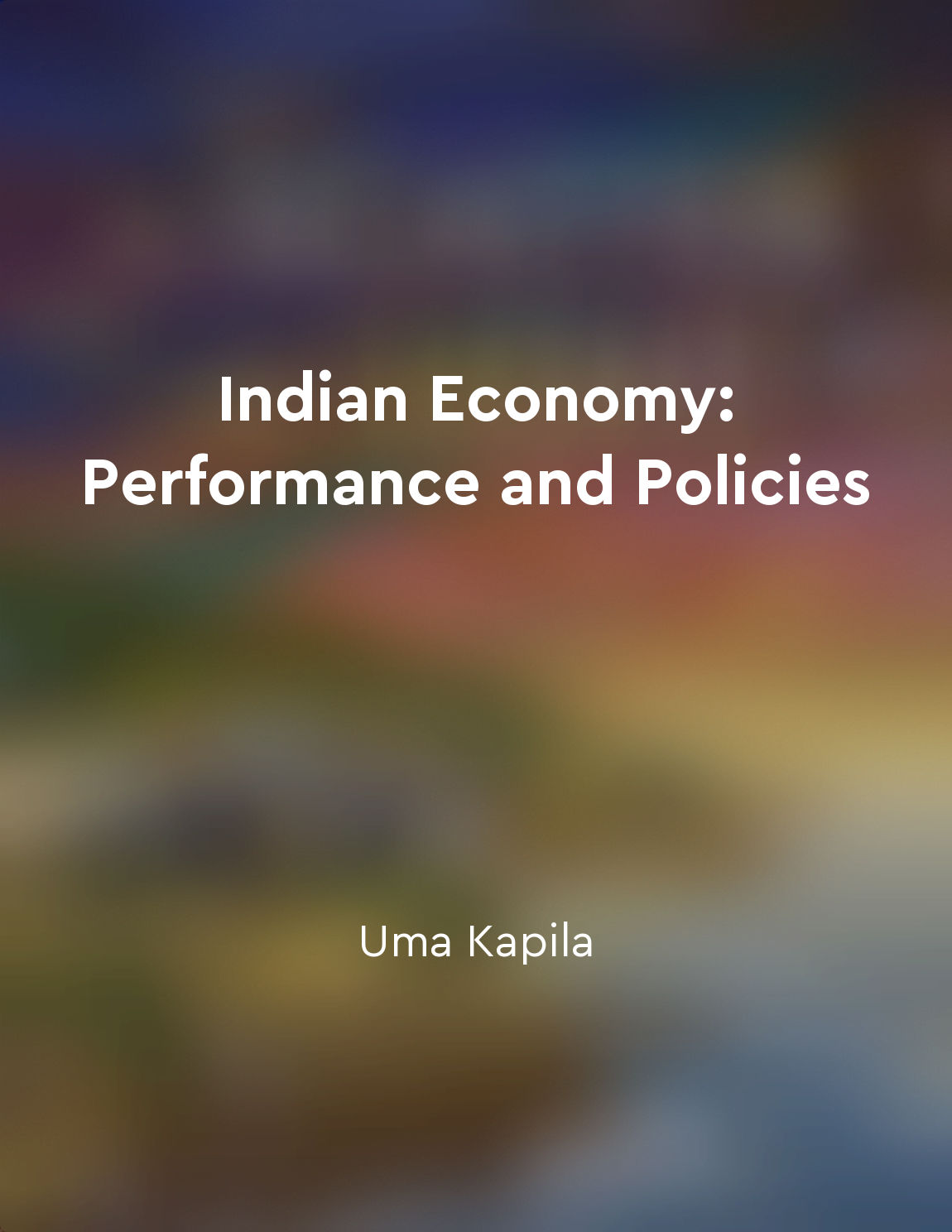Globalization liberalization privatization market dynamics from "summary" of Indian Economy: Performance and Policies by Uma Kapila
Globalization has been a significant force shaping the global economy in recent decades. It has led to increased interconnectedness and interdependence among nations, as well as the flow of goods, services, capital, and ideas across borders. Liberalization refers to the opening up of economies through the removal of restrictions and barriers to trade and investment. This process aims to promote competition, efficiency, and innovation, ultimately leading to economic growth and development. Privatization, on the other hand, involves transferring ownership and control of state-owned enterprises to the private sector. This shift is intended to improve efficiency, productivity, and competitiveness in industries that were previously monopolized by the government. By allowing market forces to play a more significant role in the economy, privatization can lead to increased investment, job creation, and overall economic performance. Market dynamics are the forces that influence the behavior of buyers and sellers in a market. These dynamics include factors such as supply and demand, competition, pricing mechanisms, and consumer preferences. Understanding market dynamics is crucial for businesses and policymakers to make informed decisions and adapt to changing market conditions. The combination of globalization, liberalization, privatization, and market dynamics has had a profound impact on the Indian economy. These processes have opened up new opportunities for businesses to expand their operations, access new markets, and compete globally. At the same time, they have also exposed the economy to increased competition, volatility, and uncertainty. As India continues to navigate the complexities of a globalized and liberalized economy, policymakers must strike a balance between promoting growth and development and safeguarding the interests of domestic industries and workers. By understanding and harnessing the power of market dynamics, India can capitalize on emerging opportunities and address challenges to achieve sustainable and inclusive economic growth.Similar Posts
Budget deficits
Budget deficits occur when a government spends more money than it collects in revenue. This imbalance can lead to a host of eco...

Emerging markets offer growth opportunities but also pose risks
Emerging markets are often seen as promising environments for businesses looking to expand their operations. These markets typi...
Economic inequality is a threat to democracy
Economic inequality is not just about how much money people have in their bank accounts; it is also about power. In a society w...
Government interventions impacted business decisions
Throughout history, the Indian government has played a significant role in shaping business decisions in the country. Various i...

Strategic alliances can strengthen market position and capabilities
Strategic alliances have the potential to significantly enhance a company's competitive position in the market. By forming part...
Gender equality is crucial for inclusive growth
Gender equality plays a significant role in fostering inclusive growth within an economy. When women are given equal opportunit...

Industrial policies can enhance competitiveness
Industrial policies play a crucial role in shaping the competitiveness of a country's economy. These policies are designed to c...

Global economic integration has increased the interdependence of countries
The increasing interconnectedness of national economies has been a defining feature of the global economic landscape in recent ...

Industrial policy matters
Industrial policy matters because it is essential for shaping the economy in a way that promotes sustainable and inclusive grow...

